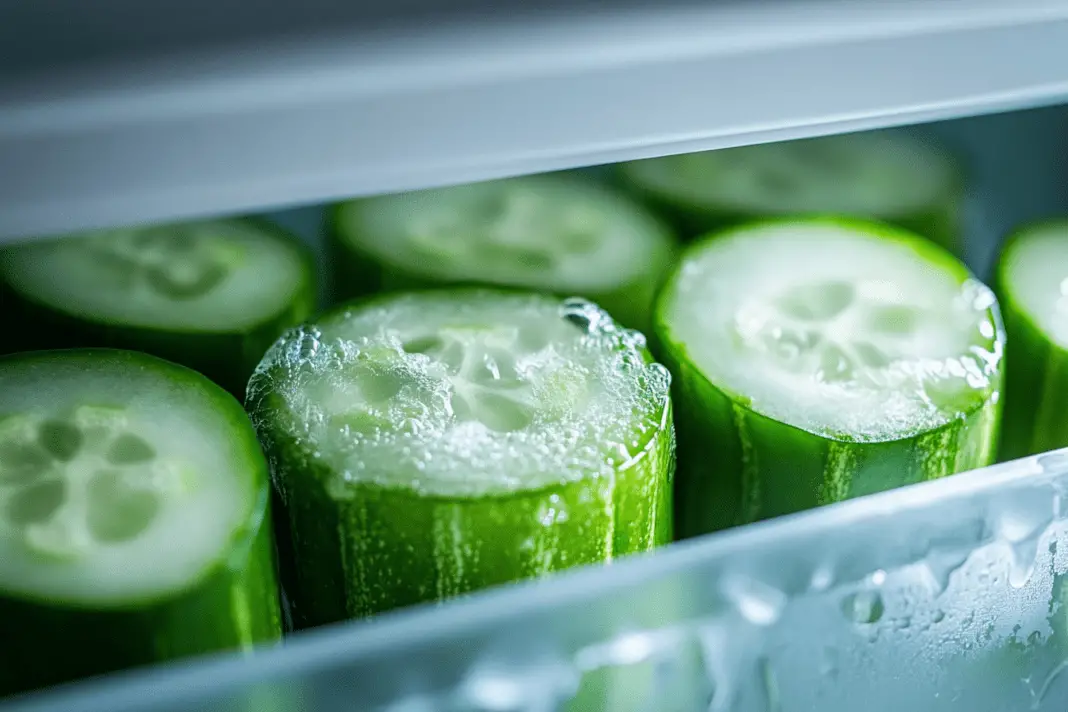Ever opened your freezer to find a disappointing surprise? While freezing is an excellent way to preserve many foods, certain ingredients turn disastrous when frozen. Here are eight foods that should stay far away from your freezer, plus smart storage alternatives to keep them fresh.
Fresh salad greens become sad and soggy

That crisp romaine or tender spring mix? Once frozen, they transform into a wilted, water-logged mess. The high water content in leafy greens forms ice crystals during freezing, rupturing cell walls and destroying their structure.
Instead of freezing, store your greens in the crisper drawer with a paper towel to absorb excess moisture. Research shows that lettuce, cabbage, and other greens quickly develop an oxidized color and off-putting aroma after thawing.
Raw potatoes turn grainy and dark
Raw potatoes contain high amounts of water and starch that react poorly to freezing temperatures. The result? A mealy, discolored potato that’s practically unusable. What if you’ve already peeled too many potatoes? Par-boil them instead and they’ll freeze beautifully.
The scientific explanation is simple – freezing causes the potato’s cell walls to break down, leading to a release of compounds that create dark spots and an unpleasant sandy texture. Store raw potatoes in a cool, dark place around 45-50°F for optimal freshness.
Dairy-based sauces separate and curdle

Cream sauces, milk-based gravies, and custard fillings don’t survive the freezing process intact. The proteins and fats separate, creating an unappetizing lumpy texture that no amount of stirring can fix.
Food preservation experts recommend using modified food starch like Clear-Jel if you must freeze a sauce. For best results, make cream sauces fresh or store them in the refrigerator for up to 3 days.
Fried foods lose their signature crunch
That perfectly crispy coating on fried foods? It becomes a soggy disappointment after freezing and thawing. The moisture from ice crystals seeps into the breading, destroying its crispy texture. The oil can also turn rancid, creating off-flavors.
If you must save leftover fried foods, store them in an airtight container in the refrigerator and reheat in a 350°F oven to restore some crispiness. Consume within 2-3 days for best quality.
Fresh herbs darken and lose flavor

Most fresh herbs turn black and lose their delicate flavors in the freezer. Basil, cilantro, and parsley are particularly susceptible to freezer damage. Their cell structures break down, leaving you with mushy, discolored herbs.
Consider drying herbs or creating herb-infused oils instead. For longer storage, chop herbs finely and freeze in oil in ice cube trays – this protects their flavor while preventing freezer burn.
Raw eggs crack and become unsafe
Never freeze eggs in their shells. As the liquid inside expands during freezing, the shells crack, creating potential safety hazards. Additionally, the protein structure changes, making them rubbery when cooked.
To extend egg shelf life, store them in their original carton on a refrigerator shelf rather than the door. The consistent temperature helps them last up to five weeks.
Mayonnaise separates permanently
Mayonnaise is an emulsion of oil, egg yolks, and vinegar. Freezing breaks this delicate balance, causing the ingredients to separate. Once thawed, no amount of stirring will restore its creamy texture.
Store mayonnaise in the refrigerator after opening. Most commercial brands remain fresh for up to two months when properly refrigerated.
Whole produce with high water content
Cucumbers, celery, and raw tomatoes become limp and waterlogged after freezing. Their high moisture content forms ice crystals that rupture cell walls, leaving you with mushy vegetables unsuitable for fresh eating.
The exception? These vegetables can be frozen if they’ll be used in cooked dishes like soups or stews. Their altered texture won’t matter as much in these applications.
Understanding proper food storage methods helps prevent waste and maintain food quality. While freezing works wonders for many ingredients, these eight items deserve a spot in your refrigerator or pantry instead. Remember that proper storage temperature and packaging are key to maintaining freshness, whether you’re freezing or not.

